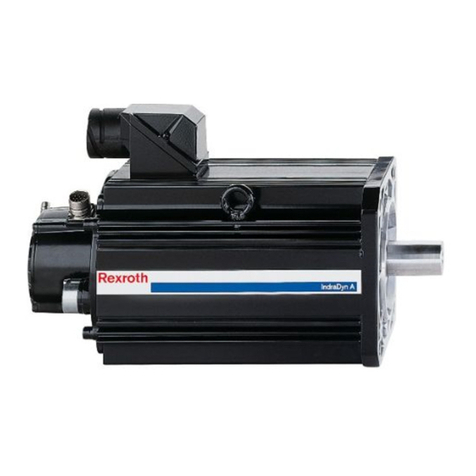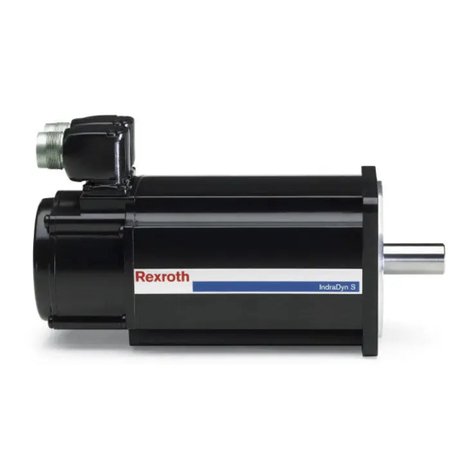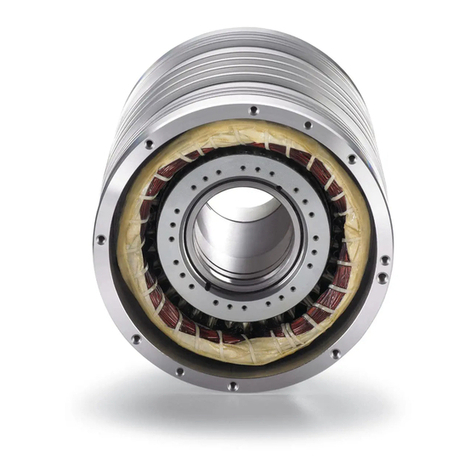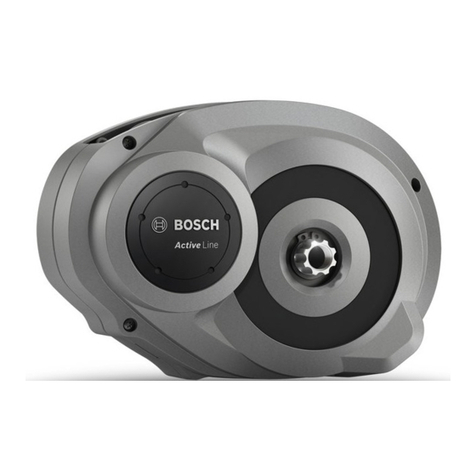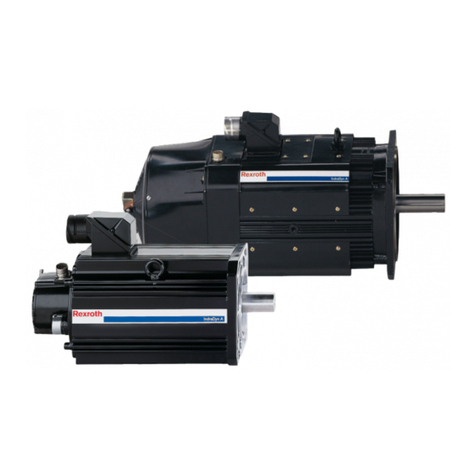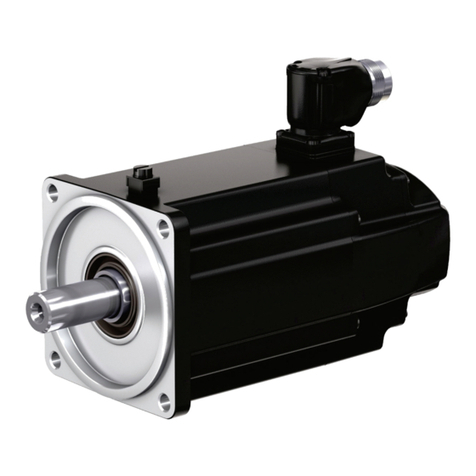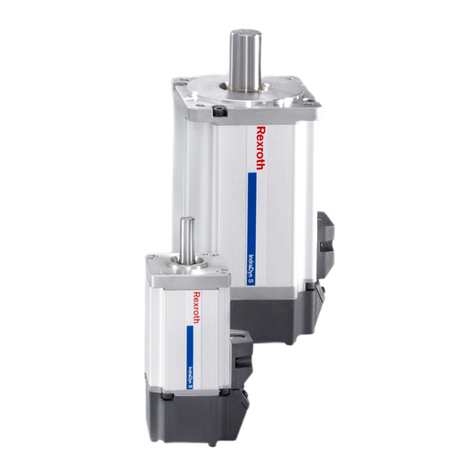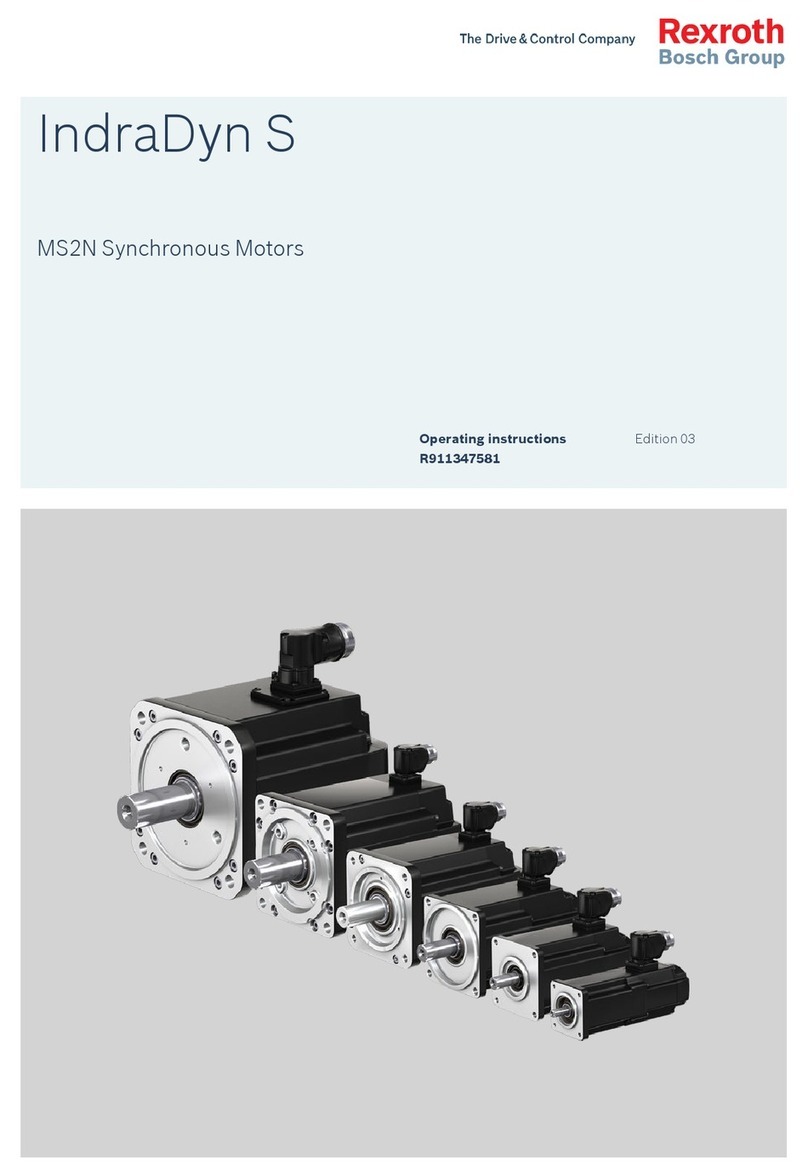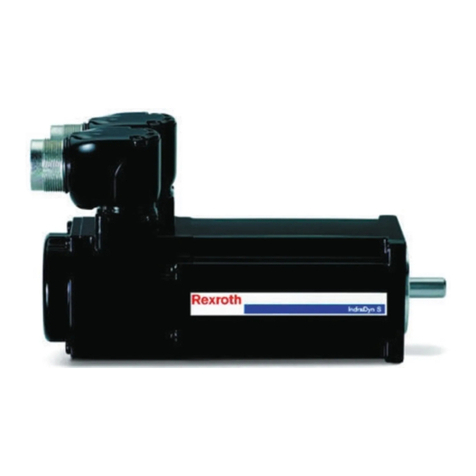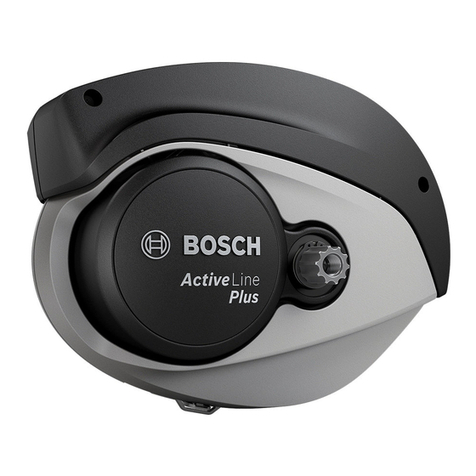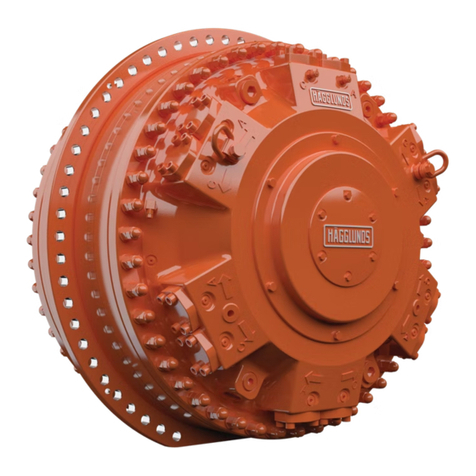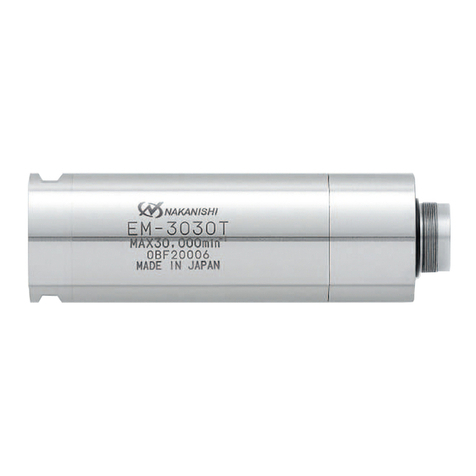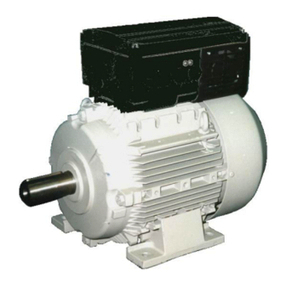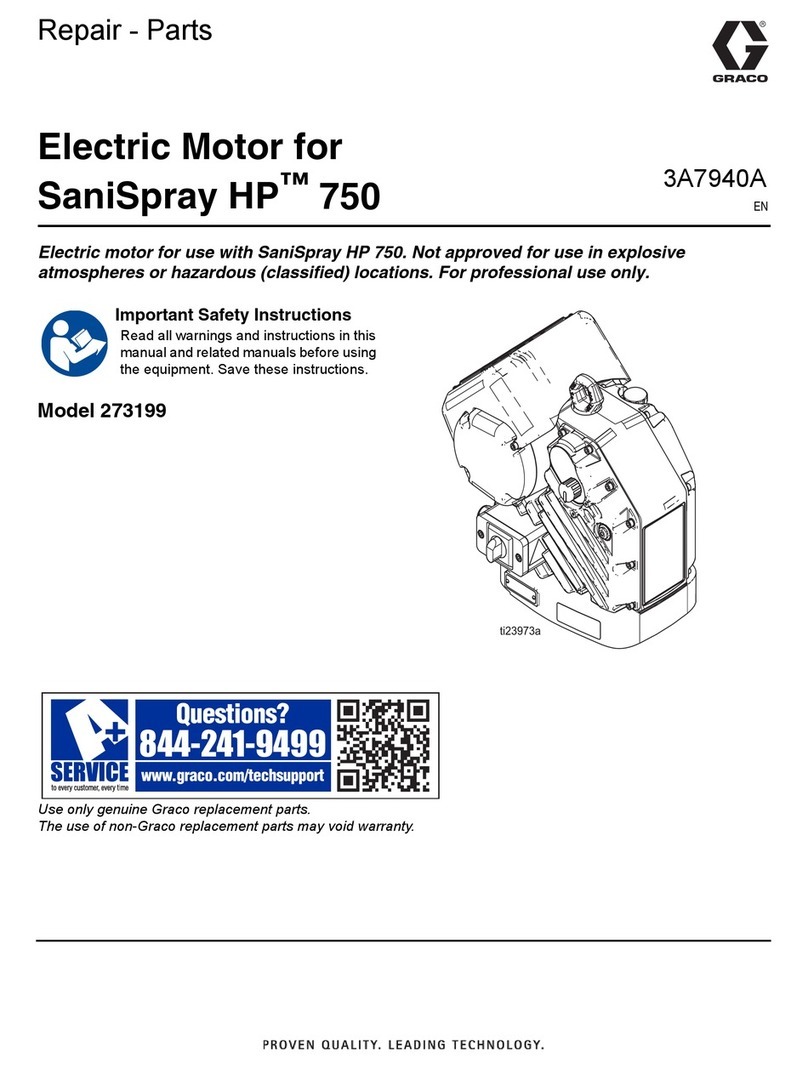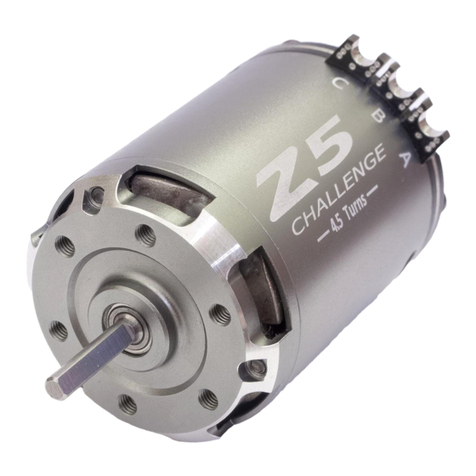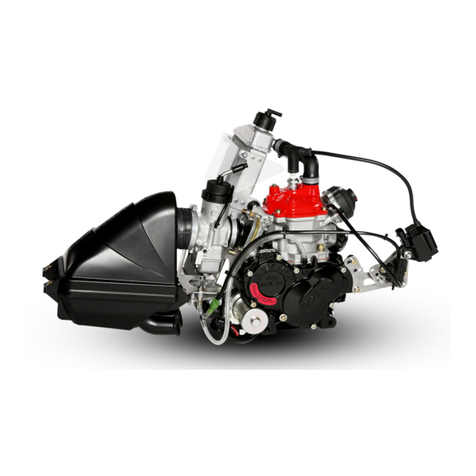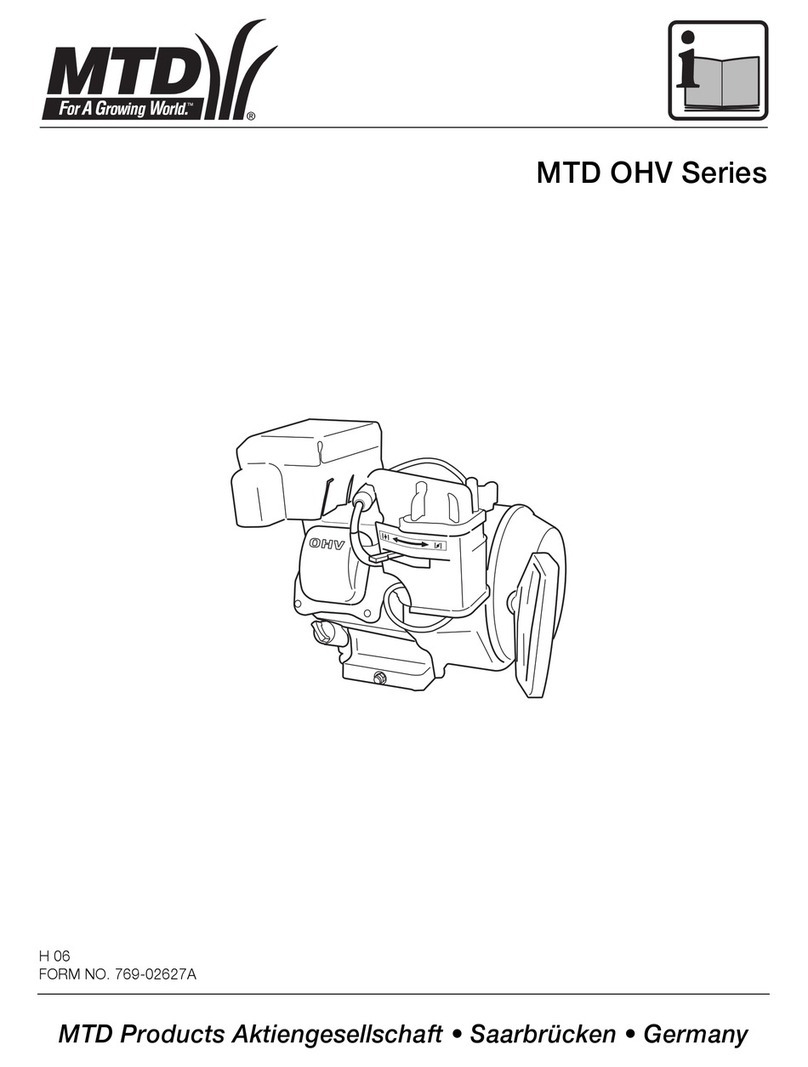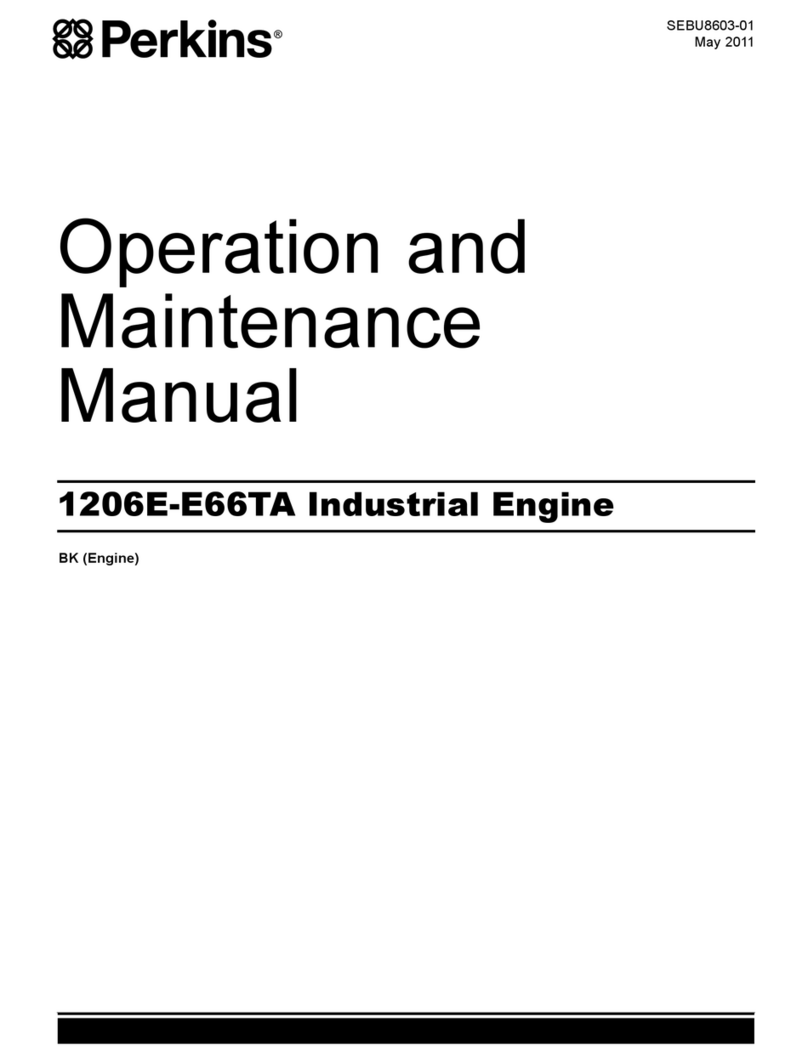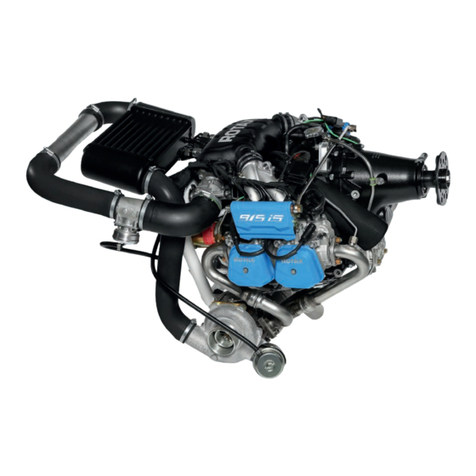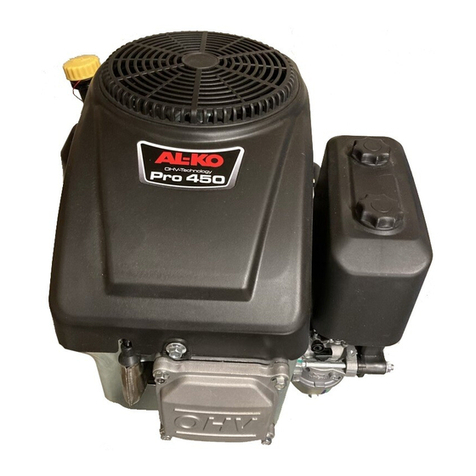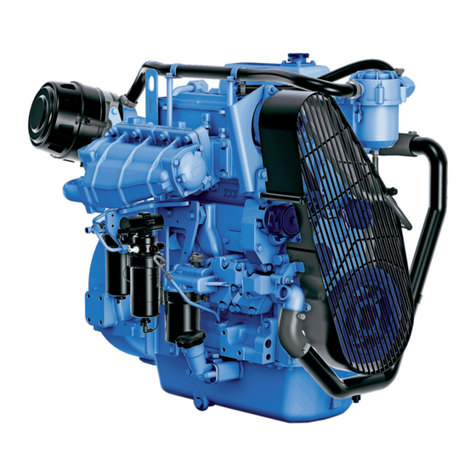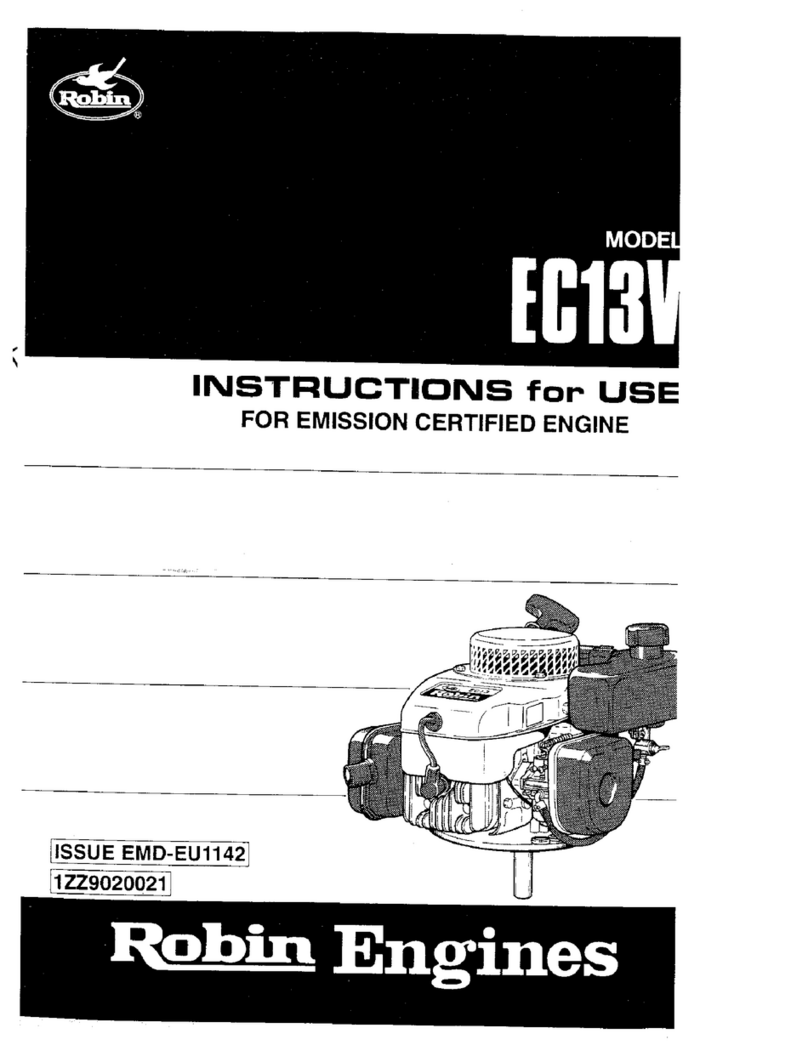
6/68 General
Bosch Rexroth Mellansel AB, Intallation and maintenance manual, Hägglunds VI, RE 15310-WA/10.2015
Motor type
Full displacement
Max.***
pressure
Displacement shift
Ratio
Displace-
ment
Specic
torque**
Rated
speed*
Max.
Speed
Displace-
ment
Specic
torque**
Rated
speed*
Max.
speed
ViTsn n p ViTsn n
44-03300 203 2 695 100 200 4 650 101 1 347 100 200 1:2
44-04700 287 3 814 100 200 4 650 144 1 907 100 200 1:2
44-06800 414 5 492 90 170 4 650 207 2 746 90 170 1:2
44-09200 564 7 475 80 145 4 650 282 3 738 80 145 1:2
64-11100 676 8 971 70 120 4 650 338 4 485 70 120 1:2
64-13500 823 10 935 60 110 3 600 411 5 467 60 110 1:2
64-16300 997 13 227 50 100 3 600 499 6 613 50 100 1:2
84-14800 906 12 017 55 90 4 650 – – – – –
84-17900 1 096 14 546 55 85 4 650 – – – – –
84-21300 1 304 17 292 55 80 4 650 – – – – –
84-25100 1 531 20 306 55 75 4 650 – – – – –
84-38000 2 320 30 756 40 60 3 600 – – – – –
84-22300 1 361 18 048 55 55 4 650 680 9 024 60 85 1:2
84-33800 2 064 27 339 35 35 3 600 1 031 13 669 50 70 1:2
84-25100 1 531 20 306 40 55 3 600 510 6 769 45 75 1:3
84-38000 2 319 30 756 25 35 3 600 773 10 252 35 60 1:3
84-25100 1 531 20 306 40 55 3 600 1 021 13 537 45 75 2:3
84-38000 2 319 30 756 25 35 3 600 1 546 20 504 35 60 2:3
* Related to a required charge pressure of 12 bar (175 psi) for motors in braking mode. Special considerations regarding charge
pressure, cooling and choice of hydraulic system for speeds above rated.
** Theoretical value
*** The motors are designed according to DNV-rules. Test pressure 70 bar (1000 psi) above max. pressure. Peak/transient pressure
70 bar (1000 psi) above max. pressure is allowed to occur 10000 times.
Quantity
Displacement
Specic torque
Speed
Pressure
Symbol
Vi=
Ts=
n =
p =
Metric
cm3/rev
Nm/bar
rpm
bar
US
in3/rev
lbf·ft/1000 psi
rpm
psi
1.3 Functional description
The Hägglunds VI motors are of radial piston type with rotating case. The case
is supported on the stationary cylinder block (5) by two main bearings. An even
number of radially positioned pistons (3) work in cylinder bores in the cy linder
block, which also houses the inlet and o ut let ports (A and C). Each piston is coupled
by a piston rod (2) to a cross head pin (6) upon which four cam rollers (7) are
mounted. The two inner cam rollers press against the cam ring (8) while the two
outer rollers work with in their respective guide plates (1). The cam ring is anchored
to the rotating case. The distributor (4) directs the input oil to the pistons during
their work strokes and re turns the exhausted oil back to the tank. The distributor is
coupled to the rotating case via a safety coupling (9).
The motor can be connected to a driven machine via two mounting surfaces on the
rear end of the motor.


